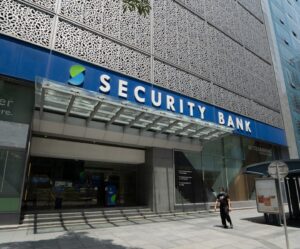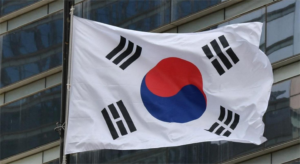
In a decisive move to counter inflation and enhance food security, the Marcos administration in the Philippines has pledged to intensify its focus on agriculture. Despite a recent dip in inflation rates, President Ferdinand R. Marcos Jr. emphasized the continued effort to stabilize food prices, especially considering the potential impact of droughts caused by El Niño. The President’s commitment comes on the heels of the Philippine Statistics Authority’s report of a reduction in the inflation rate to 3.9% in December 2023, down from 8.1% in the same period of the previous year and 4.1% in November 2023. This strategic focus is seen as a proactive measure to safeguard the economy and ensure the affordability of food and basic commodities.
The National Economic and Development Authority (NEDA) echoed concerns about the looming threat of El Niño on local food production, which might push food inflation higher despite the current easing trend. The administration’s initiatives, as outlined by Socioeconomic Planning Secretary Arsenio M. Balisacan, include the implementation of Executive Order No. 50. This order extends the Most Favored Nation reduced tariff rates for key agricultural commodities like pork, corn, and rice. Additional trade facilitation measures aimed at reducing non-tariff barriers and boosting local food production are also part of the government’s comprehensive approach, encapsulated in the El Niño National Action Plan.
To substantiate these initiatives, the Marcos administration has proposed a substantial budget allocation of PHP197.84 billion for the agriculture sector in 2024, a 6% increase from the current allocation of PHP186.54 billion. This budget, under the 2024 National Expenditure Program (NEP), will support various sub-programs within the Department of Agriculture (DA). The goal is to bolster the production of major agricultural commodities such as rice, corn, and high-value crops, with specific budget allotments for each program. For instance, PHP30.9 billion is allocated for the National Rice Program, PHP10 billion for the Rice Competitiveness Enhancement Fund, and PHP5.3 billion for the National Corn Program. Furthermore, the administration seeks to allocate PHP9 billion for the National Food Authority’s Buffer Stocking Program to procure significant quantities of palay. Other programs include the Sugarcane Industry Development Program and measures to safeguard farmers and fisherfolk from losses due to natural disasters, diseases, and pest infestations.
The government’s strategic plan also extends to improving the country’s natural resources. The National Soil Health Program is set to receive PHP916 million, while the Department of Science and Technology’s National Agriculture, Aquatic, and Natural Resources Sector Research and Development Program will be funded with PHP1 billion. Investments in agricultural infrastructure, such as the DA’s Farm-to-Market Road Program, are intended to expand food systems and productivity, benefiting the entire population and especially agricultural workers.
Moreover, the government has allocated PHP31.2 billion for the National Irrigation Administration to develop irrigated agricultural land and PHP364 million for the Local Water Utilities Administration’s Water Supply and Sanitation Program. The National Fisheries Program will receive PHP6.9 billion to improve agri-fishery practices and product quality, and the Philippine Fisheries Development Authority will get PHP4.9 billion for the construction, rehabilitation, and upgrade of fish ports nationwide. An additional PHP211 million is earmarked for the Boosting Aquaculture Production Program to increase local fish production.





















Comments are closed for this article!